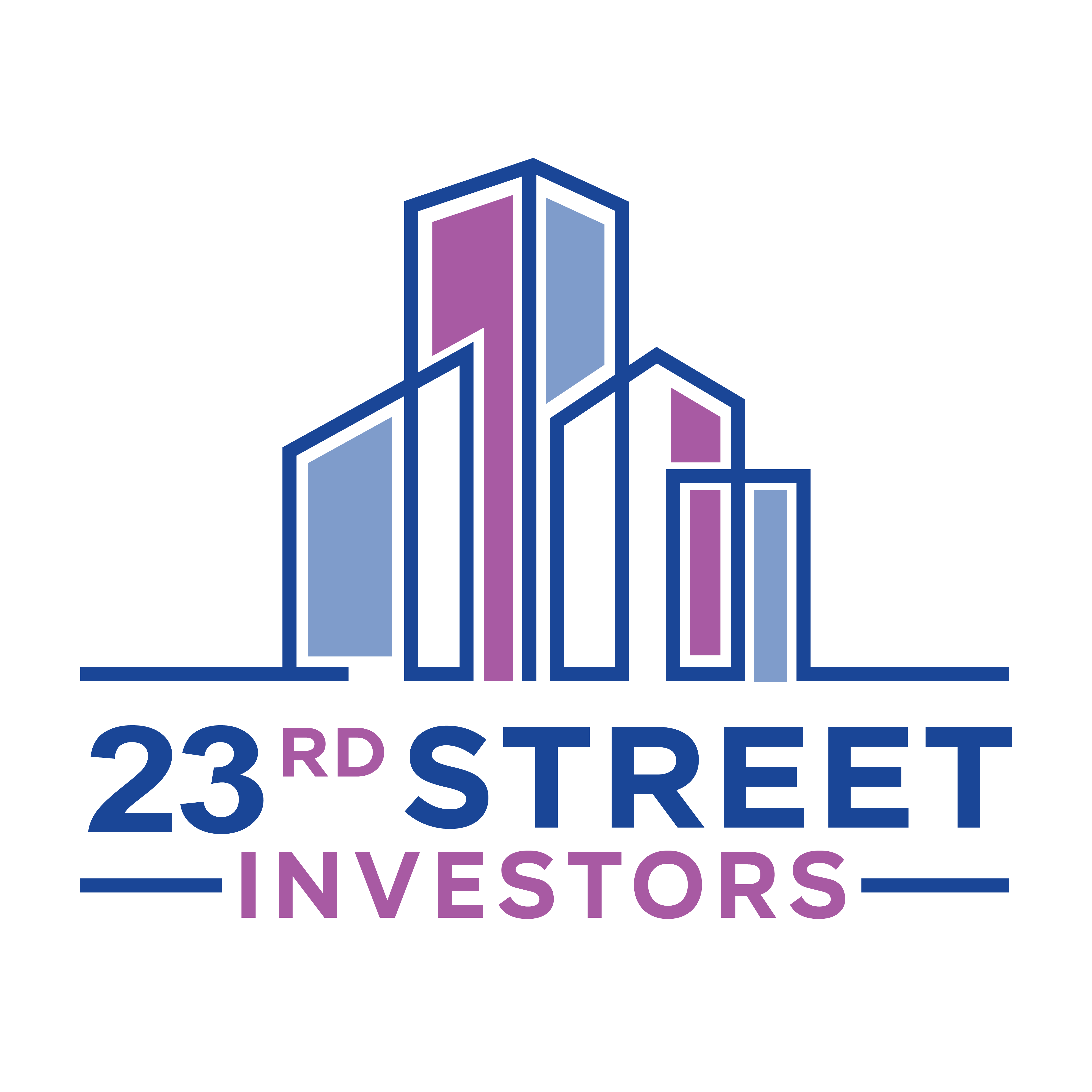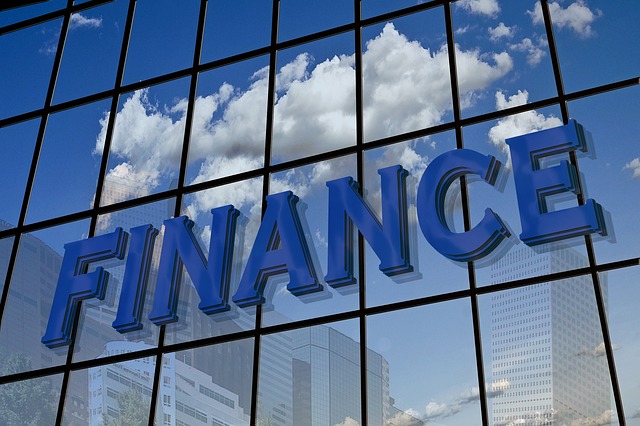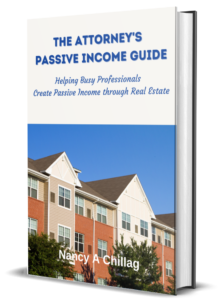For real estate syndicators looking to finance the acquisition or refinance of a multifamily property, a HUD loan can be an attractive option. The U.S. Department of Housing and Urban Development (HUD) offers a variety of loan programs for multifamily properties, including both market-rate and affordable housing.
In this blog post, we’ll explore what a HUD loan is, how it works, and the benefits and drawbacks of using one in a multifamily real estate syndication.
What is a HUD Loan?
A HUD loan is a mortgage loan that is insured by the Federal Housing Administration (FHA) and offered by HUD. HUD loans are designed to encourage the development and preservation of affordable rental housing by providing financing for multifamily properties that meet certain criteria. HUD loans are typically issued by private lenders, such as banks or mortgage companies, and are insured by the FHA, which means that if the borrower defaults on the loan, the FHA will pay the lender the outstanding balance.
“These are agency backed loans, they are very long-term and they are fixed. So on the good side, if you develop a multifamily property and get a HUD loan, it’s 40 years of fixed rate interest, and 40-year amortization. And, if you go from 20, to 25, to 30, to 40, that type of amortization really increases cash flow.” says Tom Burns, real estate developer and author.
How Does a HUD Loan Work?
HUD loans are available for both acquisition and refinancing of multifamily properties. To qualify for a HUD loan, the property must meet certain criteria, including:
- Being a multifamily property with at least five units
- Being in good physical condition and well-maintained
- Being located in an area with strong rental demand
- Meeting certain affordability criteria for certain types of HUD loans
Once the property meets the criteria, the syndicator can apply for a HUD loan through a lender that is approved by HUD. The lender will underwrite the loan and determine the terms, such as the interest rate, loan amount, and repayment term. If the loan is approved, HUD will insure it, which means that the lender is protected in the event of a default.
Benefits of Using a HUD Loan in Multifamily Real Estate Syndications
There are several benefits to using a HUD loan in a multifamily real estate syndication, including:
Lower interest rates
HUD loans often have lower interest rates than conventional loans, which can result in lower monthly payments and higher cash flow.
Longer repayment terms
HUD loans can have repayment terms of up to 35 years, which can provide greater flexibility and lower monthly payments.
Non-recourse financing
HUD loans are typically non-recourse, which means that the lender cannot pursue the borrower’s personal assets in the event of a default.
Preservation of affordable housing
While not all HUD loans involve affordable housing, certain types of HUD loans, such as the Section 221(d)(4) program, are designed to preserve and improve affordable housing.
Drawbacks of Using a HUD Loan in Multifamily Real Estate Syndications
While there are many benefits to using a HUD loan, there are also some drawbacks to consider, including:
Lengthy Application Process
HUD loans can take longer to process and close than conventional loans, which can delay the acquisition or refinance of the property.
Strict Underwriting Criteria
HUD loans have strict underwriting criteria, which means that the property must meet certain standards for physical condition, location, and affordability.
Fees and Expenses
HUD loans can have higher fees and expenses than conventional loans, including upfront mortgage insurance premiums and annual mortgage insurance premiums.
What Does A HUD Loan Mean For A Passive Investor?
For a passive investor considering a real estate syndication that includes a HUD loan, there are a few key takeaways to keep in mind.
First, a HUD loan can be a positive sign for the syndication as it can provide lower interest rates, longer repayment terms, and non-recourse financing. This can result in greater cash flow and a more secure investment for the passive investor.
Second, it’s important to understand that the application process for a HUD loan can be lengthy, so the syndication may experience delays in closing the acquisition or refinance of the property. Additionally, the strict underwriting criteria for HUD loans means that the property must meet certain physical condition, location, and affordability standards. As a passive investor, it’s important to ensure that the syndication has carefully evaluated the property and is confident in its ability to meet these standards.
Finally, it’s important to consider the fees and expenses associated with a HUD loan, which can be higher than conventional loans. These fees can impact the overall return on investment for the passive investor.
In summary, a HUD loan can be a positive financing option for a real estate syndication, but it’s important for passive investors to understand the potential benefits and drawbacks and to carefully evaluate the syndication’s ability to successfully navigate the HUD loan process.
Conclusion
A HUD loan can be a valuable financing option for real estate syndicators looking to acquire or refinance a multifamily property. With lower interest rates, longer repayment terms, and non-recourse financing, HUD loans can provide attractive terms and greater flexibility. However, the application process can be lengthy, and the underwriting criteria can be strict, so it’s important to weigh the benefits and drawbacks carefully before deciding if a HUD loan is right for your multifamily real estate syndication.


